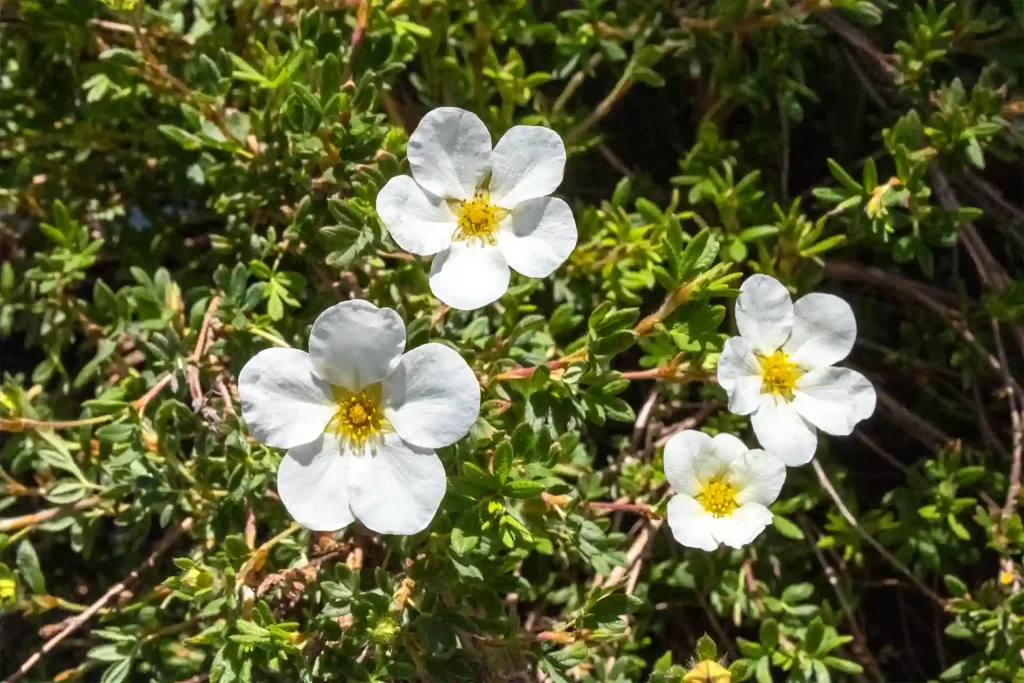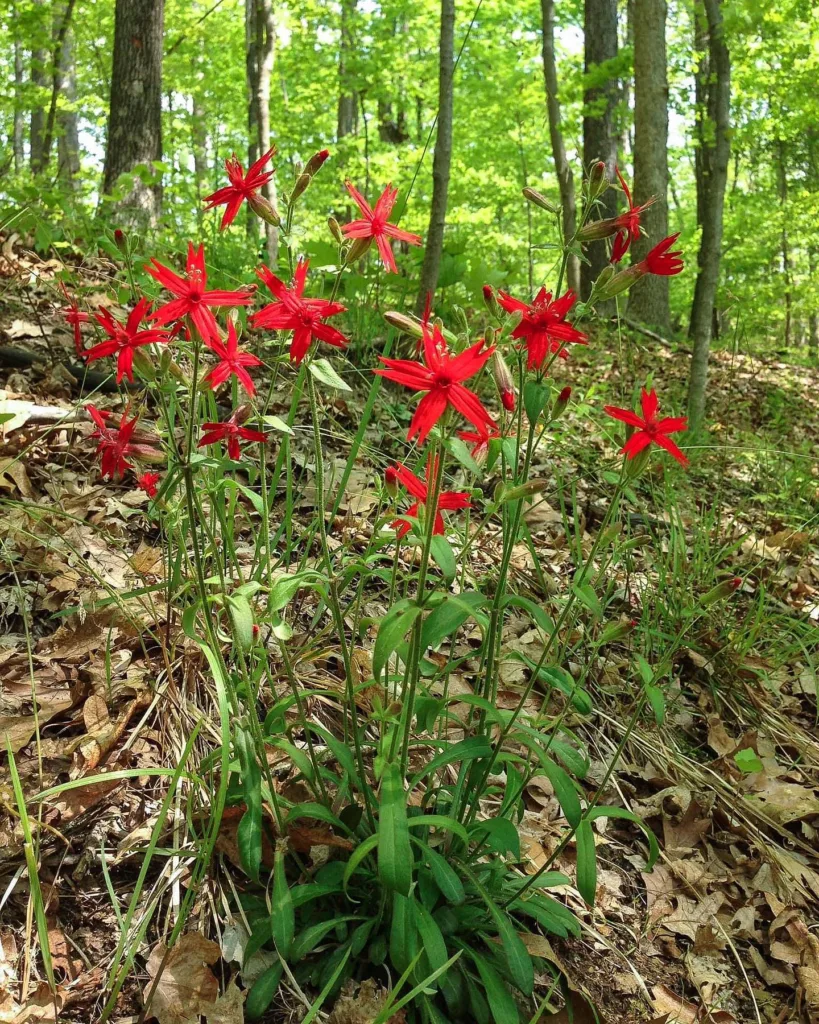An Encounter with the Enigmatic Sciadopityaceae
As a passionate botanist, I’ve always been fascinated by the diversity and intricacies of the plant kingdom. One family that particularly intrigues me is Sciadopityaceae, an ancient and enigmatic group that has captivated botanists for centuries. In this article, I, Ferb Vu, will share my admiration for this unique family, highlighting its distinctive features and shedding light on its evolutionary significance.
The Lone Survivor: Sciadopitys
Sciadopityaceae is a monotypic family, meaning it comprises only one extant genus: Sciadopitys. The sole representative of this genus is Sciadopitys verticillata, commonly known as the Japanese umbrella pine or koyamaki. This remarkable tree is endemic to Japan, where it thrives in mountainous regions with cool, humid climates.
A Living Fossil
Sciadopitys verticillata is often referred to as a “living fossil” due to its ancient lineage and primitive characteristics. Fossil evidence suggests that Sciadopityaceae was once a diverse and widespread family during the Mesozoic Era, with numerous genera and species distributed across the Northern Hemisphere. However, most of these taxa went extinct during the Cenozoic Era, leaving Sciadopitys verticillata as the sole survivor of this once-flourishing family.
Distinctive Features
The Japanese umbrella pine is a truly unique conifer, distinguished by its unusual morphology and anatomy. One of its most striking features is its cladodes, which are flattened, needle-like structures arranged in whorls around the branches. These cladodes are actually modified shoots, not true leaves, and they give the tree its characteristic umbrella-like appearance.
Another peculiar feature of Sciadopitys verticillata is its cone structure. The female cones are ovoid and woody, with numerous spirally arranged scales. The male cones are small and clustered, producing pollen that is dispersed by the wind.
Evolutionary Significance
The evolutionary history of Sciadopityaceae is shrouded in mystery. The family’s isolated position within the conifer phylogeny has made it difficult to determine its closest relatives. Some botanists suggest that Sciadopityaceae is most closely related to the Cupressaceae family, which includes cypresses and junipers. However, recent molecular studies have cast doubt on this hypothesis, suggesting that Sciadopityaceae may be more closely related to other ancient conifer families, such as the Araucariaceae and Podocarpaceae.
Regardless of its exact phylogenetic position, Sciadopityaceae represents a unique and invaluable piece of the evolutionary puzzle. The survival of Sciadopitys verticillata provides a glimpse into the diversity and complexity of ancient conifer lineages, offering insights into the processes that have shaped the evolution of conifers over millions of years.
Conservation Concerns
Despite its evolutionary significance, Sciadopitys verticillata faces several conservation challenges. The tree’s slow growth rate and limited distribution make it vulnerable to habitat loss and fragmentation. Additionally, the illegal collection of wild specimens for the horticultural trade poses a threat to its survival.
To protect this remarkable species, conservation efforts are focused on habitat restoration, ex situ conservation, and sustainable forestry practices. Several botanical gardens and arboreta around the world maintain collections of Sciadopitys verticillata, ensuring its genetic diversity is preserved for future generations.
A Botanical Treasure
As a botanist, I am deeply grateful for the opportunity to study and appreciate the Sciadopityaceae family. The Japanese umbrella pine is a botanical treasure, a living testament to the resilience and adaptability of life on Earth. Its unique morphology, ancient lineage, and evolutionary significance make it a source of endless fascination and inspiration.
I encourage everyone to learn more about this extraordinary family and to support conservation efforts aimed at protecting Sciadopitys verticillata and its fragile habitat. By safeguarding this living fossil, we not only preserve a piece of our natural heritage but also gain valuable insights into the evolution of life on our planet.
If i die, water my plants!



